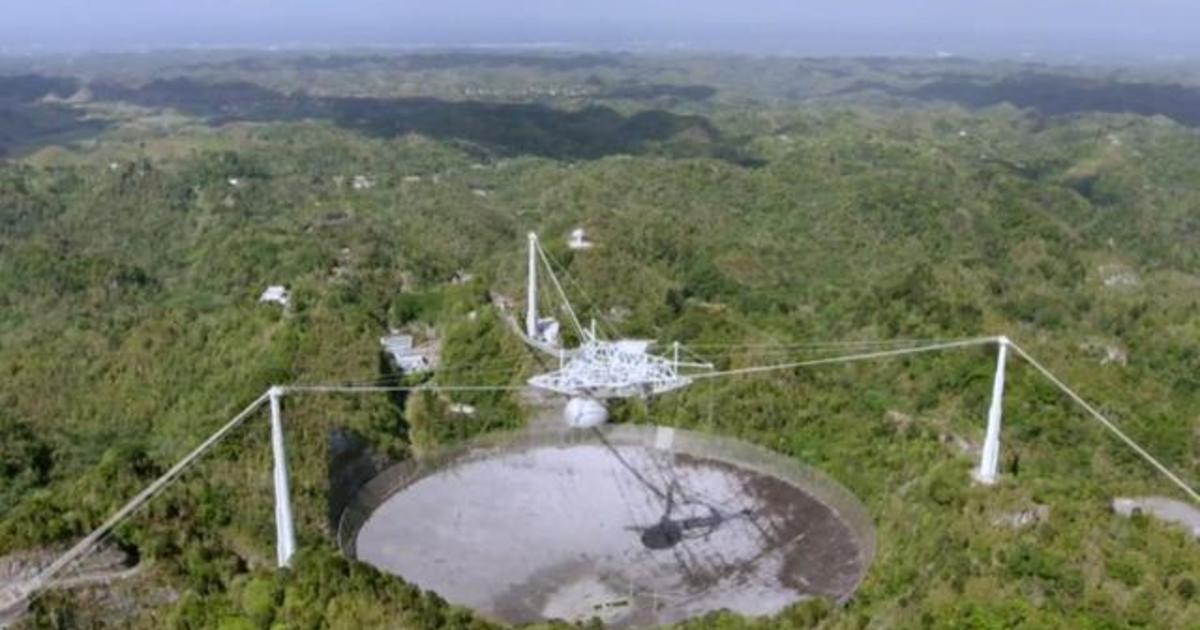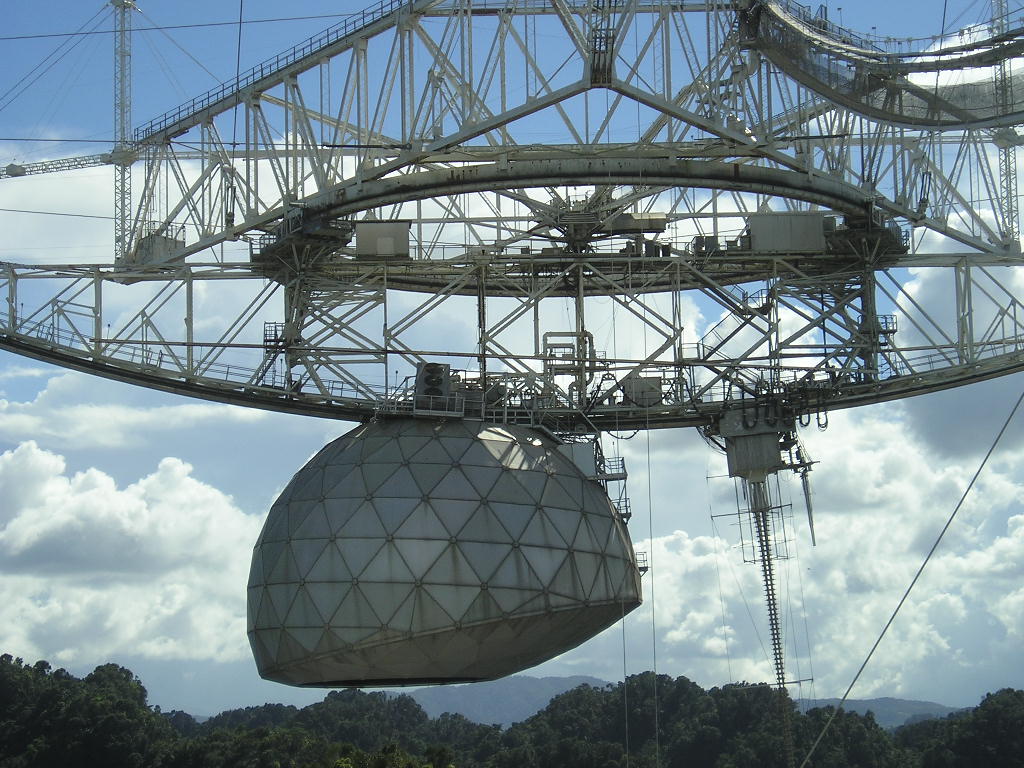Location Arecibo Observatory
Location Arecibo Observatory Route 625 Bo. Esperanza Arecibo, PR 00612 Map Contact info@areciboobservatory.org 787.878.2612. One of the great icons of human curiosity, the Arecibo radio telescope, is going to be torn down, the National Science Foundation, its owner, announced today. From its perch in the mountains of.
The Arecibo Observatory has the world's most powerful planetary radar system, which provides ground-based observations whose quality could only be exceeded with a spacecraft flyby. The 305 meter Arecibo telescope equipped with a 1 MW transmitter at S-band (12.6 cm, 2380 MHz) is used for studies of small bodies in the solar system, terrestrial planets, and planetary satellites including the Moon.
Radar Astrometry
Since NASA’s near-Earth object observations program started funding the planetary radar program in November 2011, the annual number of radar-observed asteroids increased from less than 20 per year to more than 100. Roughly one half of the targets observed each year are recently discovered near-Earth asteroids (NEAs), which usually have large orbit uncertainties. Radar astrometry is a valuable tool for orbit refinement, providing precise measurements that can significantly improve the accuracy of orbit determination, preventing the object from becoming lost and requiring re-discovery in the future. In addition, Doppler and range measurements can increase the orbit predictability window from years to centuries, and quickly eliminate impact false alarms with the improvement of estimates of an asteroid’s orbital elements.
Physical Characterization
The Arecibo planetary radar is a powerful tool for post-discovery characterization of near-Earth objects, planets, and moons. In addition to precise line-of-sight velocity and range information, depending on the target’s size and distance, planetary radar is useful for quickly estimating the instantaneous rotation rate of near-Earth asteroids, resolving the target’s size, detecting potential satellites, and ultimately resolving the shape through inverse modeling efforts. Although comets rarely come close enough to Earth to allow strong enough echo, when an approaching comet becomes detectable by the planetary radar systems, it is possible to get clues to the size and spin period of the nucleus. Furthermore, radar signal can penetrate through clouds (such as the thick atmospheres on Venus or Titan), or several wavelengths below the regolith surface, providing insight to geologic features hidden from optical wavelengths, and provide clues to the near-surface bulk density or metal richness of the target based on its reflectivity at radar wavelengths. Radar polarimetry can give clues to the decimeter-scale surface structure, which is crucial for landing spacecrafts. The physical properties obtained with radar are fundamental information to support space mission’s planning, hence the majority of small bodies missions select targets that can be characterized with radar prior to the mission.
For updates, follow us on Twitter at and !
The Arecibo Observatory Planetary Radar program is fully funded by NASA's Near Earth Object Observations Program and proudly supports NASA's efforts to track and characterize near-Earth objects for planetary defense. For information about asteroid and comet orbits, including close approaches to Earth, please see the websites of the NASA Center for Near-Earth Object Studies and the NASA Planetary Defense Coordination Office.

Recent Posts

News, Web Articles, Press Releases, Media
Image credit: NASA
| Planetary |
| Planetary |

Dr. Sean Marshall, an Observatory Scientist at AO, has been leading a biweekly tutorial session for fellow scientists, training them to use the sophisticated computer program called SHAPE to build computational models of asteroids. + Read More
Asteroids, though often simply considered “rocks in space,” are actually composed of an array of different materials. It is important to know what asteroids are made of in order to determine the structure and formation of asteroids, and to assess any risk that an individual asteroid would pose if on a collision course with Earth. + Read More
+View Older Posts
Location Of The Arecibo Observatory
NOTE: Any opinions, findings, or recommendations expressed here do not necessarily reflect the views of the Arecibo Observatory, the National Science Foundation (NSF), University of Central Florida (UCF), Yang Enterprises (YEI), and Universidad Metropolitana (UMET), or the National Aeronautics and Space Administration (NASA).This website section is maintained by Dr. Sean Marshall
Arecibo Observatory Telescope
 The newly refurbished and extended Science & Visitor Center, modernized exhibition space, and state-of-the-art auditorium welcome nearly 100,000 visitors a year and support Science Technology, Engineering, Arts and Math (STEAM) education at all levels throughout Puerto Rico and beyond.
The newly refurbished and extended Science & Visitor Center, modernized exhibition space, and state-of-the-art auditorium welcome nearly 100,000 visitors a year and support Science Technology, Engineering, Arts and Math (STEAM) education at all levels throughout Puerto Rico and beyond. Science & Visitor Center is now temporarily closedDue to maintenance activities, the Radio Telescope and the Science and Visitors Center will remain closed to the PUBLIC to ensure the safety of our employees and visitors. Contact Information:787-878-2612 Ext. 346 |
Overview
Visitor's Guide
History
Galaxy Shop
Galaxy eShop (Shop Online)
Galaxy eShop: Get your favorite souvenirs from AO including t-shirts, mugs, cellphone cases, back packs and more... Shop Now
Generous Supporters
With your online contribution, you can support thecontinuous development of the Angel Ramos Foundation - Science & Visitor Center.